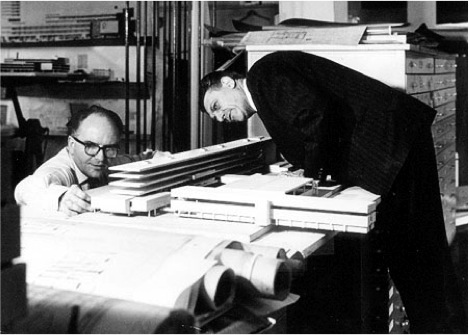‘The End of Sitting: Cut Out’ functions now as a platform for empirical research for several Dutch academic medical centers. In Maastricht the Faculty of Health, Medicine & Life Sciences and the University Library joined forces to enable students and researchers to experience The End of Sitting. Check out ‘The Rock’ at UNS 40, Randwyck, Maastricht this month (June 2016)!

Earlier this month the art installation was presented at the conference ‘Building the Future of Health: Game Changing Concepts for Healthy Aging’ at Groningen University. Human movement scientist Dr. Simone Caljouw is currently investigating how much energy people spend by working on it (a follow up of her earlier study published in Sports Medicine). In May a research team led by Hidde van der Ploeg at the department of Public and Occupational Health at the VUmc Amsterdam studied the use of the object in the main university building and invited members of the Dutch Association of Human Movement Scientists (VvBN) to try it out (see image below). Read her an interview with human movement scientist Dr. Hans Savelsberg in the Observant newspaper of Maastricht University (in Dutch).

Update 28/6/2016: Netherlands Cultural Heritage Agency (RCE), Ministry of Education, Culture & Science (OCW) and Staatsbosbeheer are the proud first owners of a End of Sitting-Cut Out standing landscape. This Cut Out can be visited by anyone interested because it is located at the public first floor of their headquarters. Visiting address: Smallepad 5, Amersfoort, The Netherlands.


















